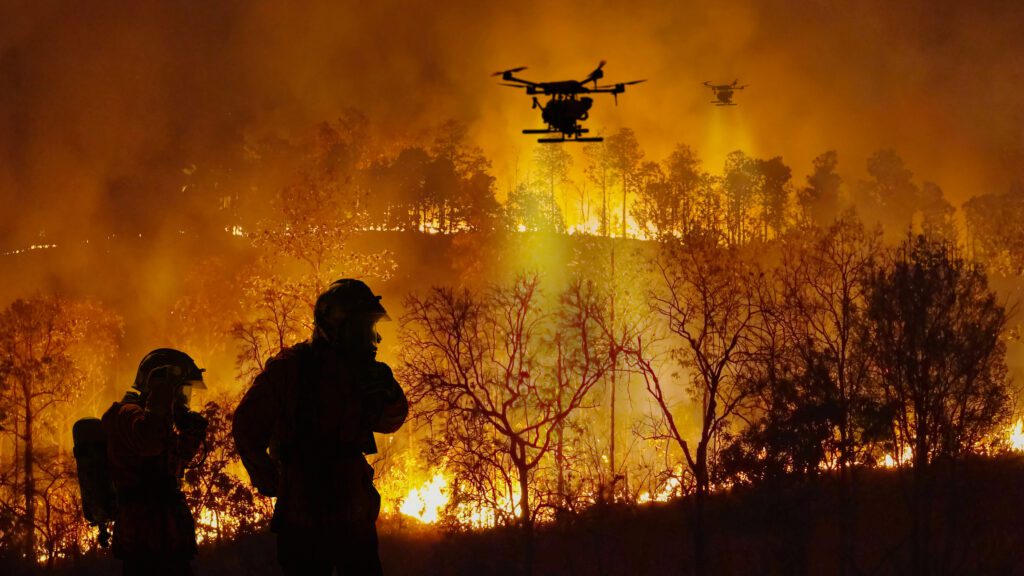When Catastrophe Strikes and Insurance Falls Short: Why Resilient Companies Are Rethinking Risk
Businesses are discovering that catastrophic events are not only growing in frequency and intensity but are also becoming increasingly difficult, and sometimes impossible to insure. The macro forces driving this shift are complex, interconnected, and accelerating.
From extreme weather to cyberattacks, supply chain collapses, and litigation shocks, the risks that keep leaders up at night are multiplying. And the safety net meant to absorb those losses — traditional insurance — is showing more gaps than coverage.
In a recent article published by Captive International, Randy Sadler of CIC Services discusses how, in 2023, global insured losses from natural catastrophes hit $118 billion, according to Swiss Re Institute — the fourth year in a row above the $100 billion mark. But property damage is just one dimension. Today’s catastrophic events reach into every corner of the operating environment: digital infrastructure, public health, legal liability, and even geopolitics.
Four major forces are reshaping catastrophic loss: Climate Volatility, Cyber Risk Escalation, Litigation Pressure, and Geopolitical and Economic Instability. These risks are increasingly interconnected and systemic, defying traditional modeling and pricing. The result? A risk landscape that’s moving faster than the insurance industry’s ability or willingness to underwrite it. Insurance markets are reacting, but not in ways that make life easier for policyholders.
- Costs are climbing. Marsh’s Global Insurance Market Index reported commercial insurance prices rising for the 25th consecutive quarter in early 2024, with property premiums up 10% on average.
- Coverage is shrinking. Exclusions are broader, sublimits are tighter, and definitions more restrictive.
- Capacity is retreating. In disaster-prone regions, property insurance costs have surged more than 40%, and in some cases, insurers have exited entire markets altogether.
Cyber coverage has followed a similar path. Premiums fell 6% in 2024, not because risks are down, but because coverage has tightened and fewer policies are being written. Higher deductibles and narrower definitions of “covered events” mean more gaps in protection — and more exposure for the insured.
Some companies are reclaiming control with self-insurance and alternative risk transfer tools, like captive insurance. Captives are now core components of enterprise risk management. They can cover hard-to-place risks, supplement traditional policies, and provide financial buffers when commercial markets pull back. But the point isn’t to replace insurance. It’s to recognize its limits and build resilience that doesn’t depend solely on an underwriter’s appetite.
The insurance industry isn’t collapsing. It’s evolving under intense pressure. But that evolution is leaving growing gaps that businesses must fill themselves. In this environment, catastrophic risk is no longer a black swan — it’s part of the operating landscape.
Read the full article here to learn why relying solely on insurance could leave you exposed. Now is the time to build a risk strategy that goes beyond the policy.

